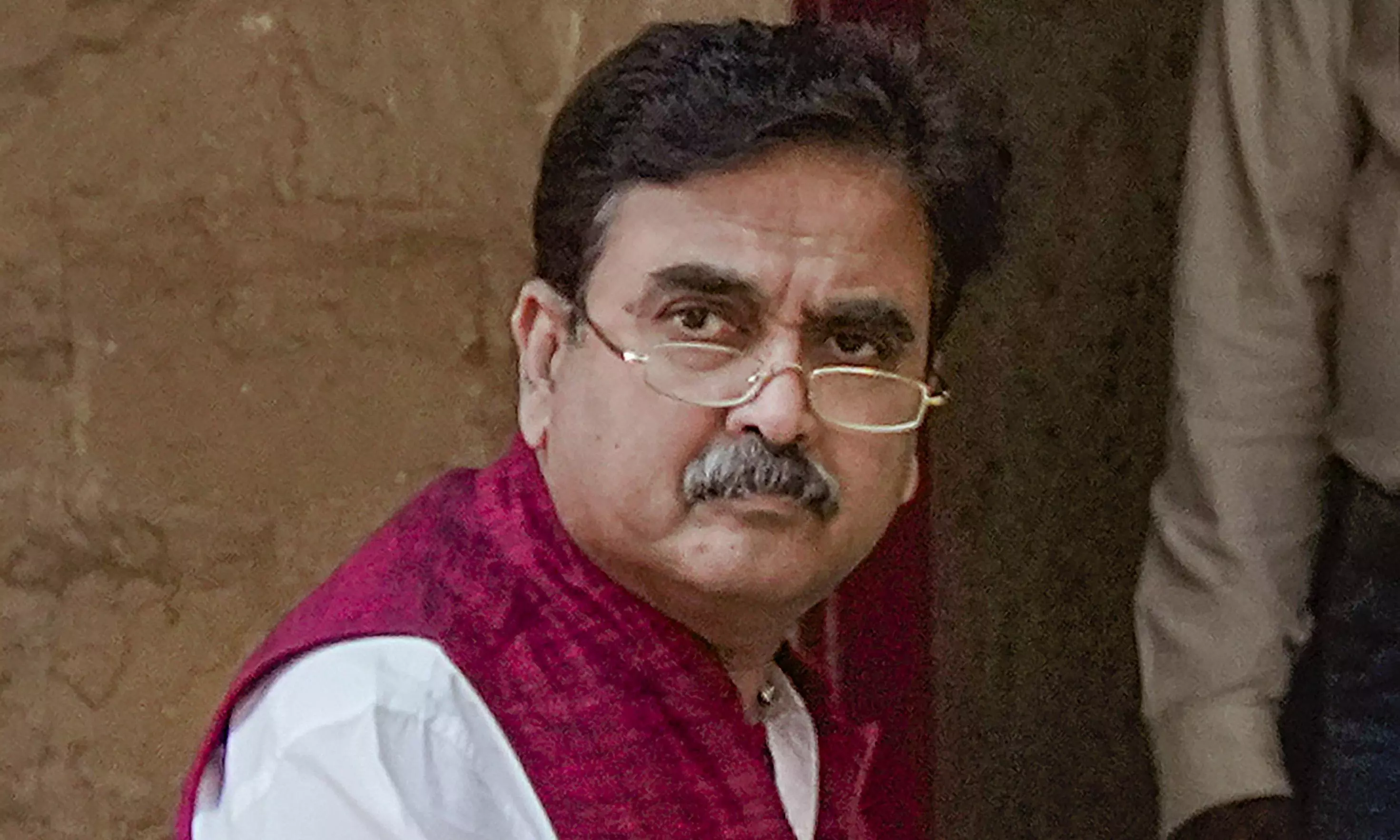THE NATIONAL Conference-Congress combine on Sunday comfortably won the required number of seats to form the next executive body for the Ladakh Autonomous Hill Development Council, Kargil.
While the NC won 12 seats, the Congress bagged 10 seats in the 30-member council. The BJP and Independents won 2 seats each. Four seats in the council have nominated members.

The NC and Congress fought together as allies in seats where the BJP has significant presence. Both parties improved on their previous tally in 2018, when the NC won 10 seats and Congress 8.
“This result sends a message to all forces and parties that have, undemocratically and unconstitutionally, divided the state of JammuKashmir and Ladakh without the consent of its people,” NC vice-president Omar Abdullah said.
With the NC emerging as the single largest party in the council, he said, “This is a resounding verdict against the BJP and its divisive policies. It’s also an emphatic rejection of what the Union Government did to J&K on 5th August 2019.”
Terming the results as a “wake-up call” for the BJP, Omar added, “It is time to cease hiding behind the Raj Bhawan and unelected representatives and, instead, acknowledge the people’s rightful desire for a democratically elected government in Jammu and Kashmir. Democracy demands the voices of the people be heard and respected.”
Crediting Rahul Gandhi‘s Bharat Jodo Yatra for the Congress’s success, Congress general secretary K C Venugopal said, “We have registered a resounding victory in the Ladakh-Kargil Autonomous Hill Council elections after 10 years! Along with our INDIA partner National Conference, we have swept the entire region in its first election after the abrogation of Art. 370.”
In this election, Kargil’s first after Ladakh took shape as a Union Territory in 2019, the Congress campaigned against “divisive forces” in the country and urged the voters “to keep the BJP out”, while the NC projected itself as the only solution. Its slogan – “Hal hi hal hai” – resonated through its campaign. It was also symbolic since the NC had to approach the Supreme Court after it was denied its poll symbol (plough) by the UT administration of Ladakh.
The BJP projected its development push while also offering to the electorate the example of the party’s work in neighbouring Jammu and Kashmir and an enhanced budget for the UT. The party had three members in the previous council, of which two were defectors from the PDP.
The BJP fielded 17 candidates this time for the October 4 polls. Its lone winning candidate in the last election, Stanzin Lapka, retained his seat from Cha constituency. In Chiktan area, where the BJP holds some influence, its candidate Padma Dorjey won from Stakchay Khangral constituency, wresting it from the Congress.
According to local residents, the BJP’s influence in this election was limited to areas bordering Leh, which votes differently from Kargil largely because of its demography. While Leh is a Buddhist majority district led by the Ladakh Buddhist Association, Kargil is a Shia Muslim majority area with two religious schools – the Jamiat Ulema Kargil or the Islamia School; and the Imam Khumaini Memorial Trust. These religious bodies have long held sway in polls in the region.
However, Kargil this time witnessed some effort to pull away from the control of the religious schools with young candidates challenging the hold of the “Aghas” in areas such as Saliskut, where Mohammad Sajjad of the NC won against the BJP and the Congress. The seat was previously held by Agha Syed Hassan, an Independent.
While NC’s Abdul Wahid took the Bhimbat constituency in Drass from partners Congress, its sitting member Punchok Tashi retained his seat at Padum.
At Ranbirpora in Drass, the Congress’s Abdul Samad defeated NC’s Mubarak Shah by over 500 votes while in Choskore, the Congress retained its seat, with its candidate Nasir Hussain Munshi emerging the winner.
Also at Chiktan, Congress candidate Liyaqat Ali Khan defeated BJP’s Mohsin Ali, who had switched allegiance from PDP midway through his term last time.
Independent candidate Ghulam Mohammad won the Barsoo seat defeating the Congress and BJP candidates. The NC’s Manzoor ul Hussain, a first-time candidate, defeated two-time former Chief Executive Councillor Kacho Ahmad Ali Khan at Yourbaltak.
Incumbent Chief Executive Councillor Feroz Ahmed Khan of the NC retained the Silmoo constituency, defeating the Congress and BJP candidates by over 900 votes.
At Baroo, central Kargil, Congress’s Khadim Hussain defeated NC’s district president Mohammad Hanifa Jan and three independent candidates. NC candidate Mohammad Abass Adulpa won Kargil Town constituency, while his party candidate Mohammad Amin defeated BJP’s election in-charge Haji Anayat Ali by 360 votes in Poyen seat.
The LAHDC is the governing body for all of the district’s developmental needs and is led by a Chief Executive Councillor and four executive councillors, who supervise functions of various government departments alongside the secretaries of the UT administration.
The control of the hill council, local leaders across party lines said, is imperative to safeguard the interests of the region “from the control of the Centre through the L-G (Lieutenant-Governor) administration”.
Sentiment seeking reunification with J&K loomed large over this election with voters expressing “dissatisfaction” under the UT administration. On the streets of Kargil, young voters said their biggest challenge in the past four years has been lack of jobs that they had access to when Ladakh was part of the erstwhile state of J&K. With a majority tribal population, the people of Ladakh region were able to avail jobs under ST reservation in the former state of J&K.
Most Read
The issue of lapsing budgets every year due to a limited working season had also caused concern among voters.
The issue of availability of water for drinking as well as irrigation was also a concern expressed by voters.
However, with Ladakh remaining cut off from J&K and other parts of the country for at least three months in the winter, people of the region are also holding out hope for the completion of the Zojila tunnel, which is expected to provide Ladakh all-weather connectivity.








